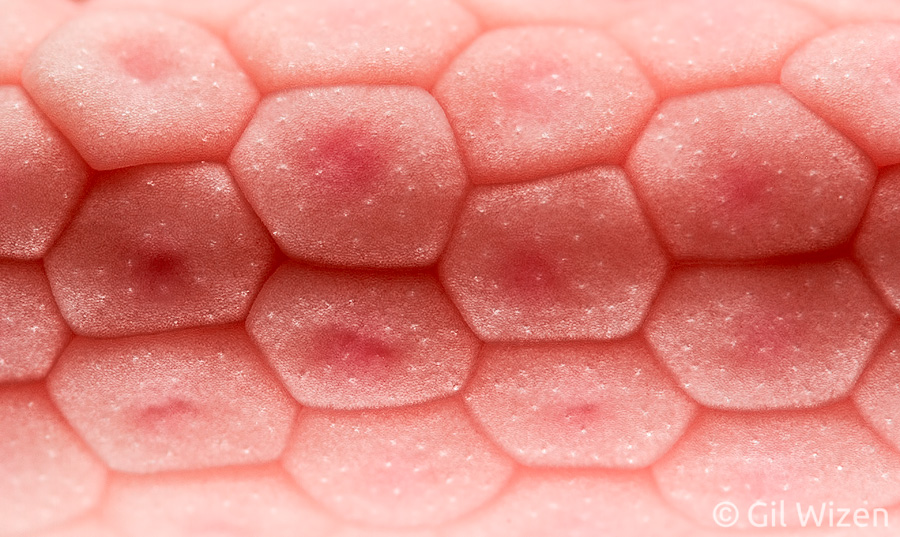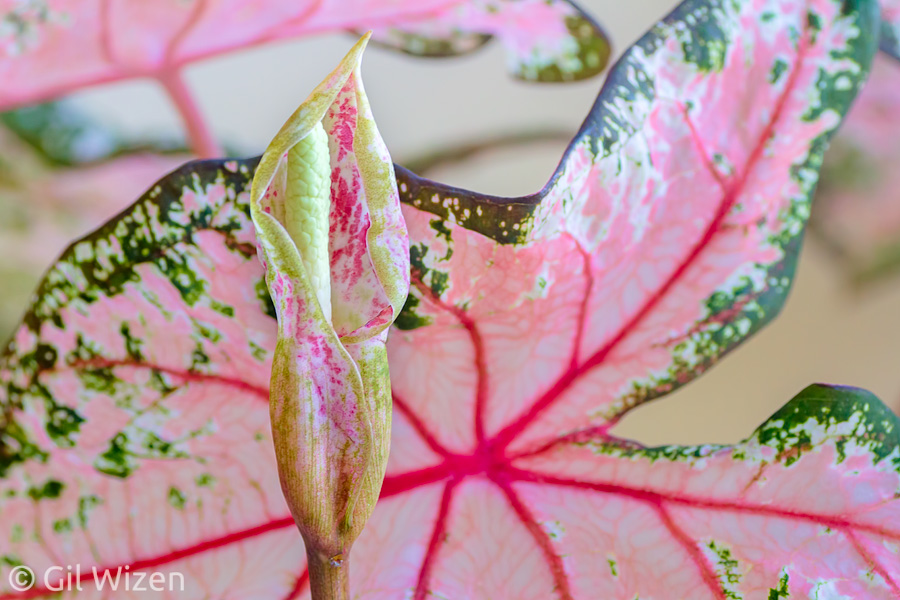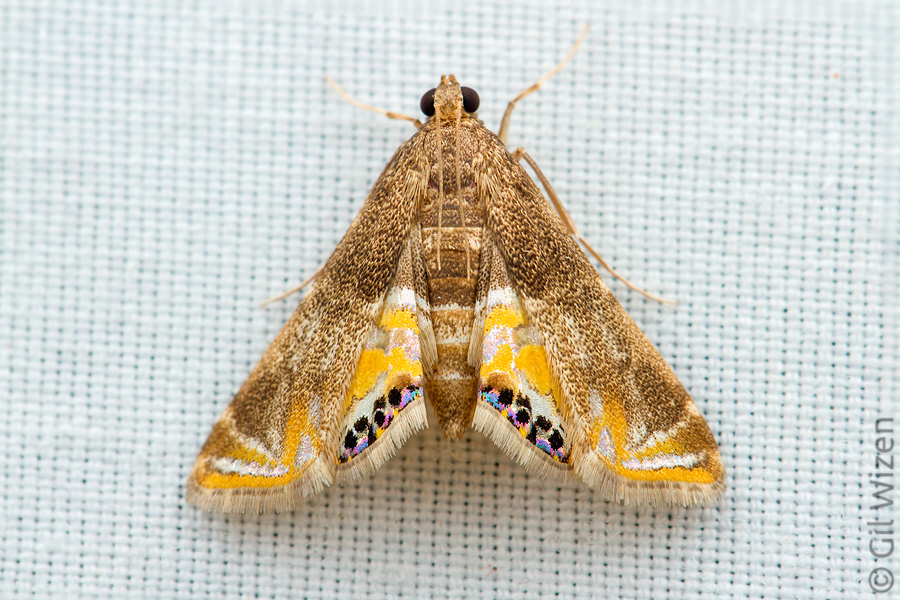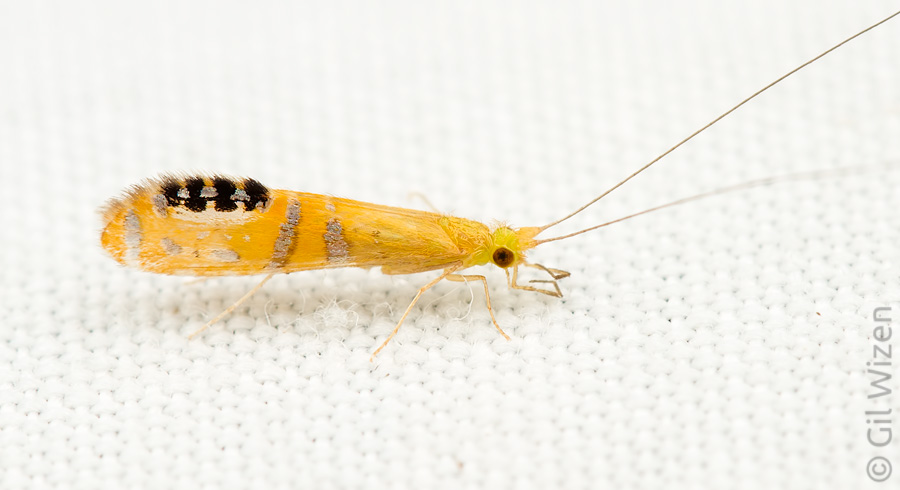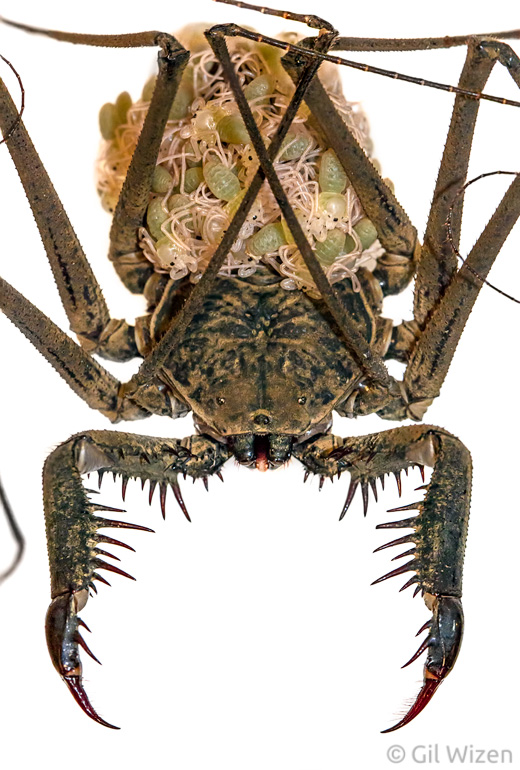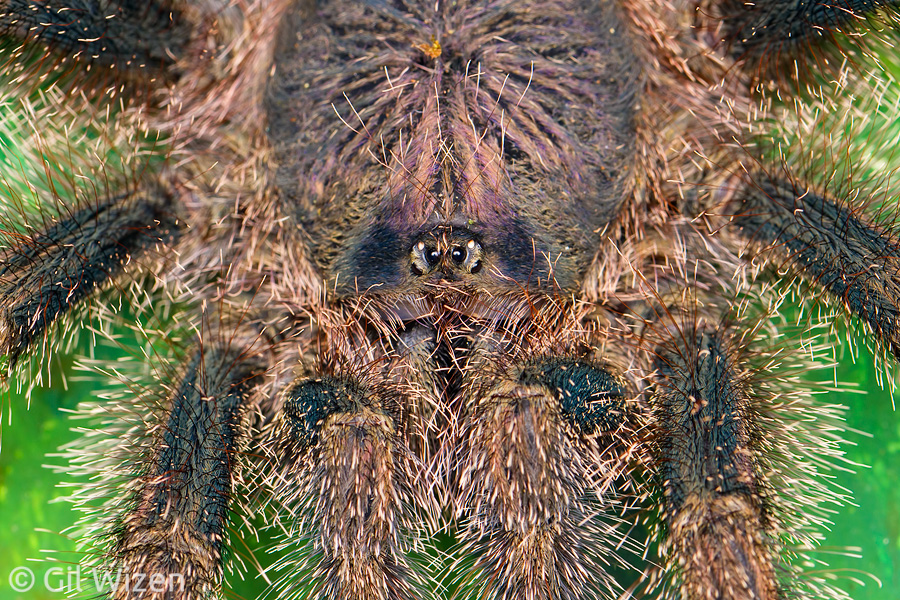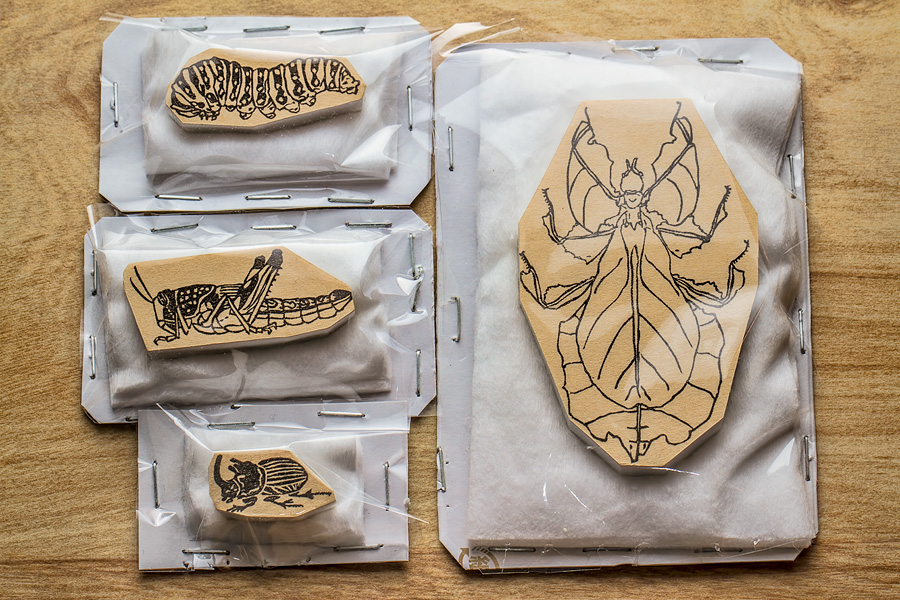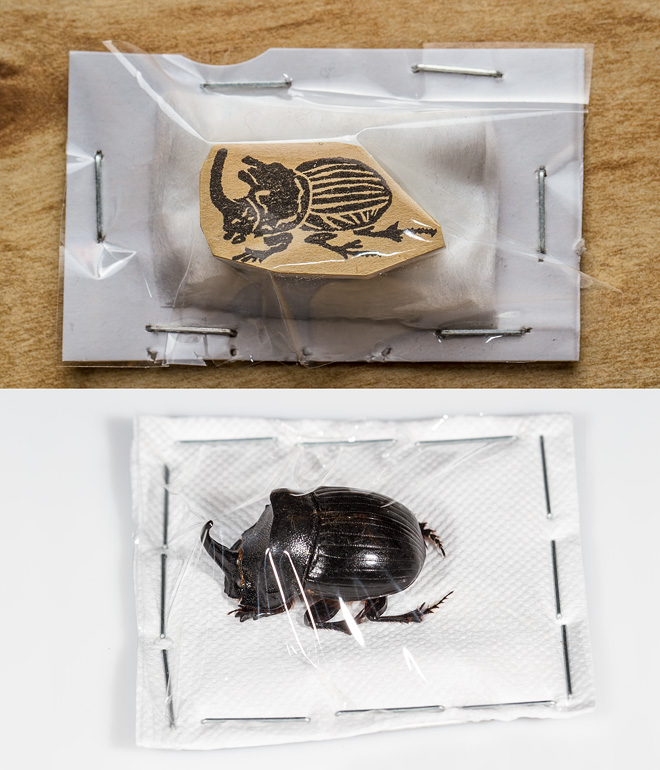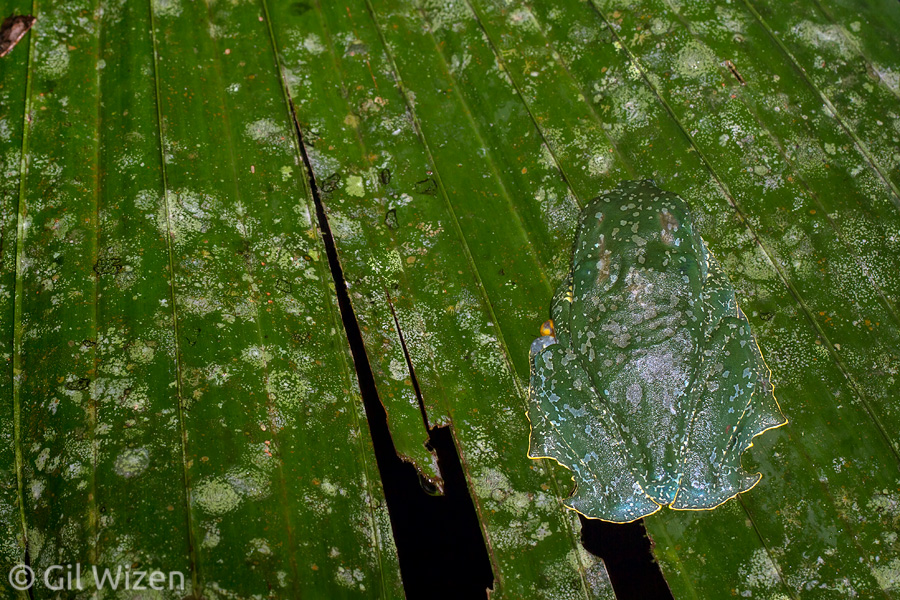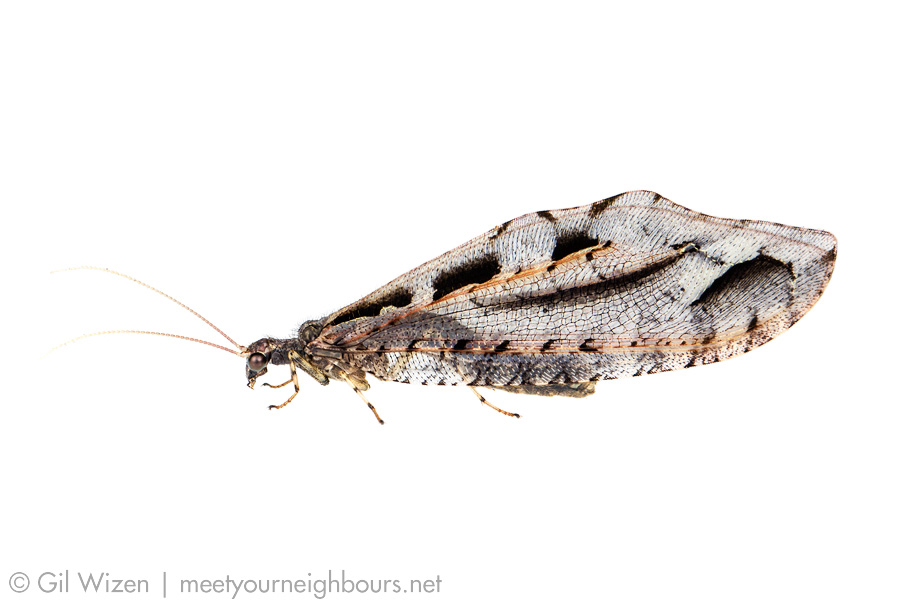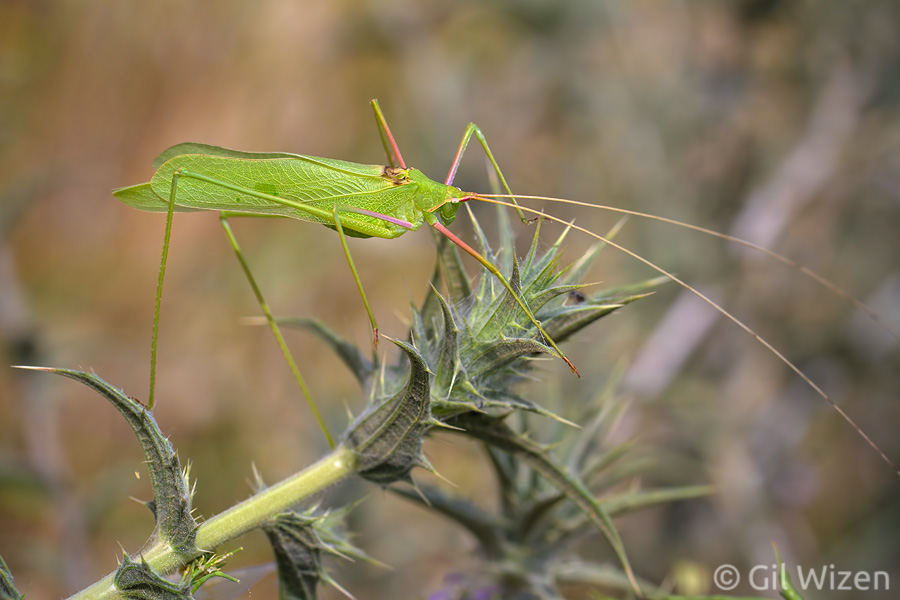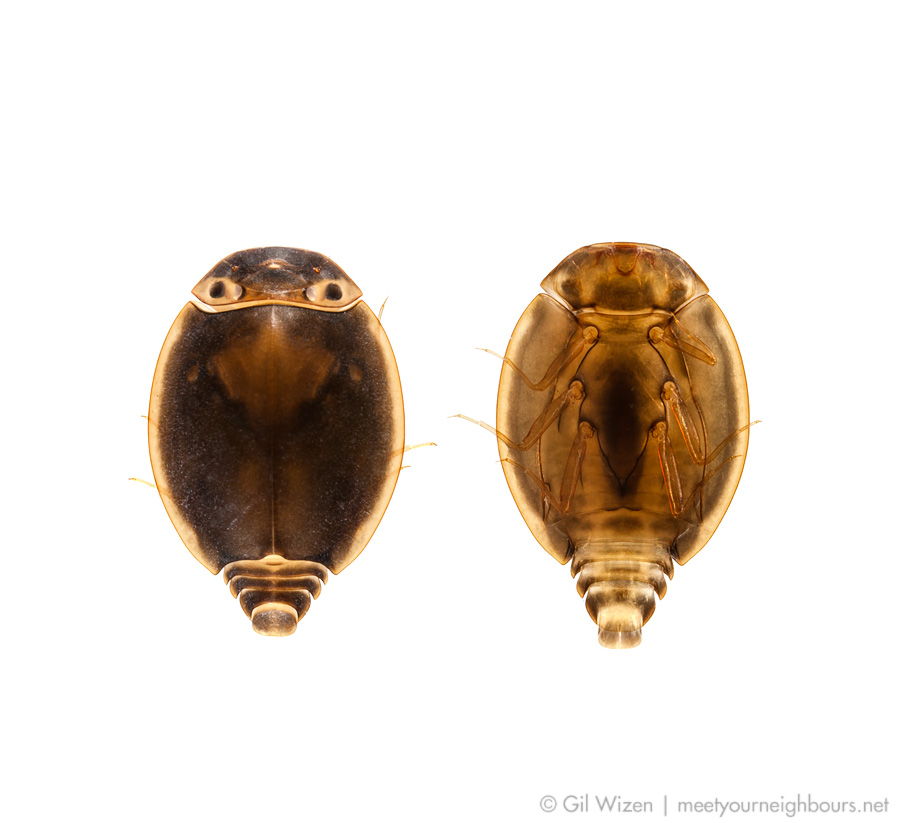Some time ago I wrote about my NZ accident and I mentioned that the story did not end there. One of the most frustrating experiences I had upon leaving NZ was a slow and thorough inspection of everything I had in my luggage by the customs officers. I am not sure what they were expecting to find, because I had collecting and import permits for all the research material I obtained. After discussing this with other visitors to NZ (not necessarily scientists) I learned that it is a standard procedure that some lucky individuals must endure. But imagine spending a couple of hours in an isolated part of the airport with other “suspects”, where you are being treated like trash for doing nothing. I will not go into details but it was definitely some of the most nerve-racking time I had in my life.
It was not before I returned to Canada when things started to take a wrong turn. I purposely delayed writing a post about it, mainly because I needed time to digest what has happened and to understand the details of my case. My plan was to write it down eventually because I believe it can be important for other graduate students facing a similar situation, and I think I am ready to share.
So cut back to early 2013, I spent several months in NZ, most of the time observing mating behavior of ground weta (ensiferan insects of the genus Hemiandrus) as a part of my PhD research, but I also found the time for experimenting with my photography. There is something about being all alone, in a foreign place, that sparks your creativity to try new and interesting ideas. Some of the shots I managed to capture in NZ were surprising even for me (see some of them here).
(Feel free to skip this paragraph if you only want to read the “juicy” parts of the story. It explains the research I was conducting in NZ)
Before I detail my story, let me elaborate a bit on weta mating behavior. One of the things I aimed to capture was the mating process in “short-tailed” Hemiandrus species. “Short-tailed” means that, unlike most members of suborder Ensifera, the females do not possess a long ovipositor (a device used to inject the eggs into different substrates, such as soil, wood, leaves, etc’). This character was found to be associated with a high level of maternal care: the ground weta females seal themselves in an underground burrow, spending several months tending their eggs and the hatching nymphs. As for the mating process, in most ensiferan insects the male transfers a nuptial gift for the female to feed on during mating. This gift comes in the form of a protein-rich spermatophore, attached by the male to the female’s genitalia. In “short-tailed” ground weta however, the males deposit their nuptial gift on a modified segment on the females’ abdomen, and in some species they even display mate-guarding behavior while the females consume their nutritious gift.
The result of my photography trials was a series of shots that I am very proud of, showing the whole mating process:
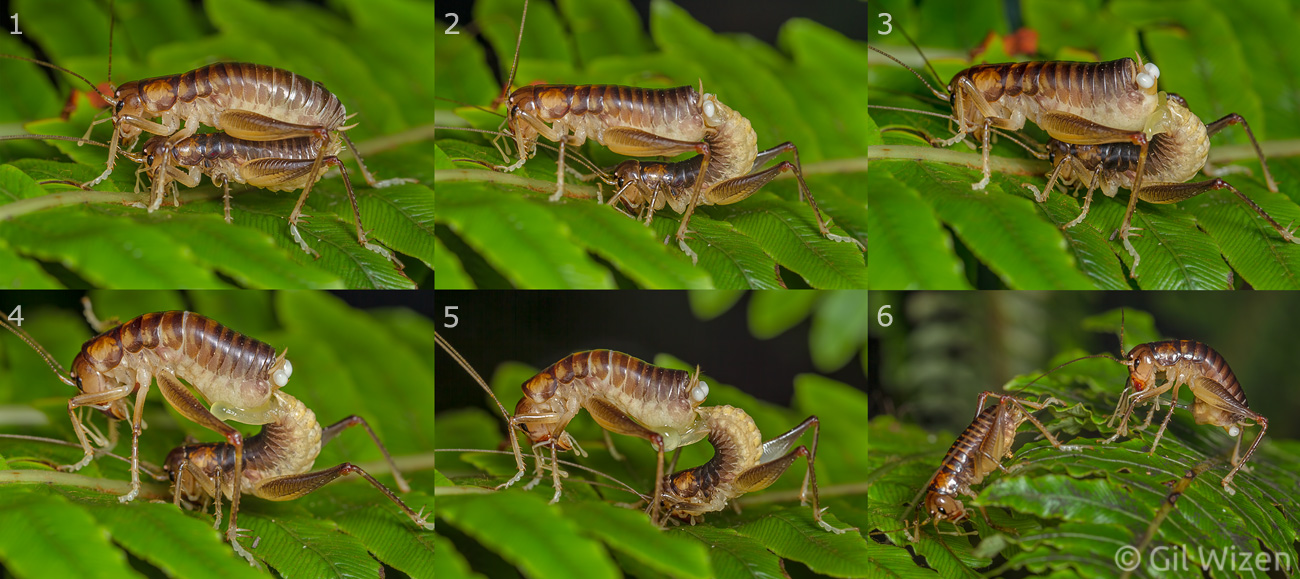
The mating process in Hemiandrus pallitarsis. 1. The male (bottom) attached to the female; 2. The male attaches the sperm ampullae to the female’s genitalia; 3. The male disconnects from the female’s genitalia and extends two phalli; 4. The male’s phalli start secreting the nuptial gift; 5. The nuptial gift is deposited on the female’s modified sixth abdominal segment; 6. The male displays mate-guarding behavior while the female consumes the nuptial gift.
It is important to mention that during my time in NZ this information about the ground weta mating behavior was already known and published. My intention was to use these photos in presentations and perhaps in my PhD thesis as a communication aid. And indeed, I presented them to several faculty members during a meeting and they were impressed.
From that point on things started to go downhill.
My PhD supervisor back then requested to use a photograph of a wasp for a textbook chapter he was working on, and I replied that I would gladly license it for publication. That is, after payment of a small licensing fee. Then happened the thing I was worried about the most: he asked how this sits with use of my weta photos in his future publications. My reply was the same.
I have always allowed the use of my photos for presentation purposes, whether it was an in-class presentation, conference talk, poster, etc’. My only issue is with publication and distribution of my photographs. This is a legal matter (Copyright Law is a real thing) that involves a license in order to manage who has copyrights over the use of the photo by transferring all or part of the copyrights from the photo owner to someone else. Anyone who is not familiar with this and those who wish to know more, you can refer to my Image Use page.
My refusal to give the photos away triggered an unfortunate chain of events that ended with the supervisor kicking me out of the lab and terminating his supervision, essentially shutting down my PhD research. I was accused of being greedy:
“Even after agreeing that I have been more than generous with funding all your New Zealand doctoral research and that your work and all expenses were, in fact, fully covered by my NSERC Discovery grant, you insisted on going ahead in charging me for the use of the photographs. It is for this reason alone that I no longer wish to supervise your doctoral research. While I think that you have the skills, background and experience necessary for tackling this project, I cannot continue to supervise a student with such a mercenary approach to the student-supervisor relationship…”
(As a side note I should say that this person now avoids mentioning this small detail and tells a different story, trying to make it look like my departure from his lab was a mutual decision. It was not. This infuriates me because I did want to go on with my PhD research. To him I say – take responsibility for your actions!)
I think the supervisor was missing a crucial detail of what copyright protection is meant for. Notice how nothing is mentioned about how much I was going to charge for the photos? That is because this was never discussed, the supervisor did not even bother to inquire about my image use policy, for him it was enough that I intended to charge for the use. Protecting my copyrights?? Nonsense, in his eyes I was all in it for the money! While there are photographers out there who routinely take copyright infringements to court in order to collect the damages, I cannot brag for having such a history.
What is even more surprising was that I was handed a copy of the university’s Intellectual Property Policy with a friendly remark that everything I create during my term as a graduate student is owned by the university. Really? Everything?…
Well, this is not exactly how it works. According to this policy, the university owns any idea, invention or pretty much any data that you collect or create while conducting research (raw data cannot be copyrighted anyway). This applies to any form of media that may contain such relevant data, including photos. But it is important to understand that while the university legally owns the data concealed within a photo (or a disk, flash drive, laptop etc’), it does not own the media itself unless it was the university’s property in the first place. In my case, the photos were captured by me using my photography gear, therefore the university did not own the photos and had no copyrights over use of the photos themselves. When requested, I provided low-resolution files for data acquisition purposes; nevertheless the university cannot use those photos in future publications without my consent.
Some will say that I should have agreed to give away the photos to maintain a healthy working relationship with my supervisor. This may sound like the right thing to do, however in my opinion a relationship in which someone is using you for their own personal gain is not a healthy relationship. Do take the time to think about it. Moreover, everyone has the right to choose whether they want to share their creation with someone else. I chose not to, and while my choice may seem strange to some people, it comes after a history of bad experiences. I learned my lesson the hard way, and I will not devalue my work any longer.
Here I turn to every grad student out there – you DO NOT owe anything to your supervisor other than working on your project. A supervisor cannot force you to give away your rights on something you created. If they do, that’s academic bullying. For example, if you produce an artwork piece depicting your research subject, does the university or your supervisor immediately own it? Of course not.
Universities as institutions have committees or unions that can advise grad students how to deal with such disputes. I know now that I should have taken this case straight to both the university’s Research Ethics Board and Copyrights Office. The end result of me moving to a different academic department might have been the same, but the supervisor’s disgraceful behavior would have been recorded on file, which could later act as a warning sign for prospective students.
Lastly, I think it is a real shame that a professor who spends so much time and energy fighting the disease of academic plagiarism is completely unaware of Copyright Law.
As for those ground weta photos, they will probably never see the light of day. I hope at least that you enjoyed viewing them here, and that you learned something about politics in academia at the same time.

